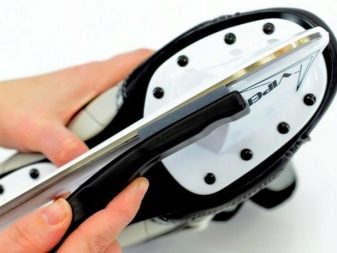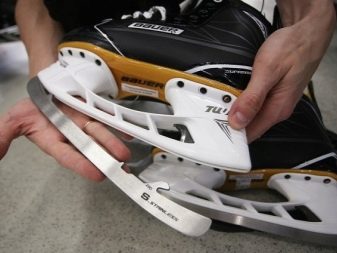Do I need to sharpen new skates and how is it done?
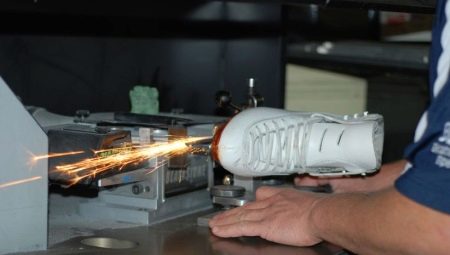
When buying new skates, many people think about whether they need to sharpen their blades right away. On the one hand, a new product must be suitable for use, on the other hand, not all manufacturers prepare ice accessories to a level that will ensure smooth and correct glide. How to tidy up raw blades, in what cases it is necessary to sharpen new skates, how to do it correctly - more on this in the article below.
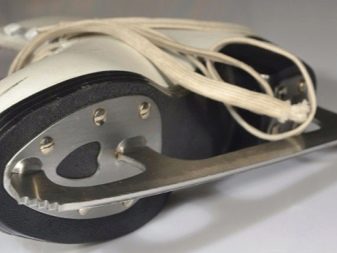
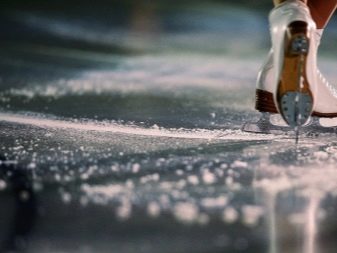
The need for sharpening
In 90% of cases, you will have to sharpen new skates... Only a few models are sold sharpened, and most require processing before the first ride. Therefore, it will be better for beginner skaters to immediately tidy up this ice accessory of theirs. If someone thinks that it will be easier and safer for a child on skates with dull blades to master movements on ice, then this is a misconception. Purchased children's skates should definitely be sharpened. Industrial plate processing often falls short of the expectations of both athletes and hobbyists.
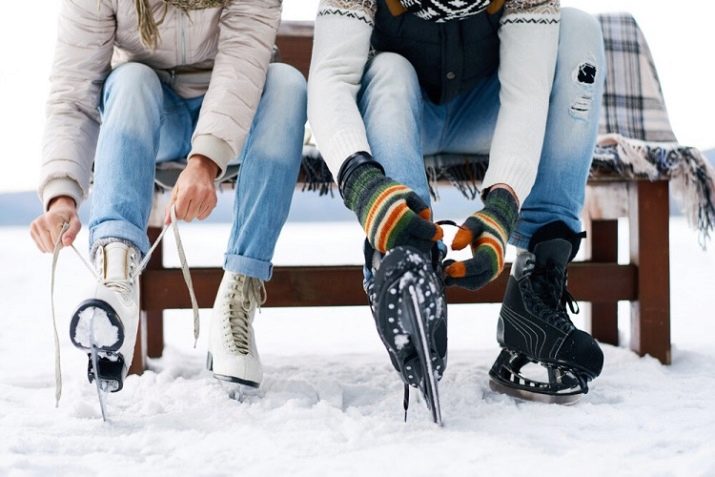
To determine the frequency of sharpening, you need to analyze the ride. The following reasons may indicate that it is time to refer the skates to the master:
- while riding, it is more and more difficult to maintain balance;
- it takes more effort to gain speed;
- it became difficult to perform rotations;
- the turning radius changed to a larger side with the same foot positions.

When you slide with effort, it becomes more difficult to get up to the speed you want. This is a signal that skates need to be sharpened, whether they are new or have already been tried out more than once.... When the user is uncomfortable on the ice, it is more difficult for him to maintain balance, to perform complex figures while moving, which means that an urgent sharpening of the equipment is needed.
It should be noted that blades made from quality material do not need sharpening very often, even with intensive use. In addition, the harder the surface of the blades, the longer the skates will glide under the same conditions and forces.
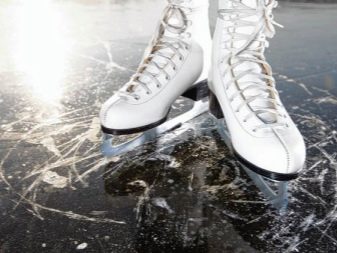

Where and how are skates sharpened after purchase?
Sharpening of the blades is sometimes done in the same sport shops where the skates are sold. If this is a specialty store, then most likely there are machines for processing blades. It will not be superfluous to contact the outlet manager after the purchase. With large ice rinks or skating rinks, there are also workshops where they will quickly put the equipment in order. This is very convenient for ice skating enthusiasts, as the radius of the profile and the thickness of the blades can be corrected on the spot.
Finally, this can be done by employees of the points where sports equipment is repaired. True, in this case, it is advisable to contact a certified specialist. The fact is that when sharpening, the master must take into account the riding style, that is, understand it.
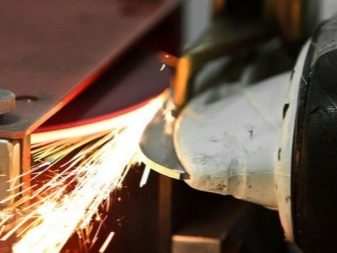
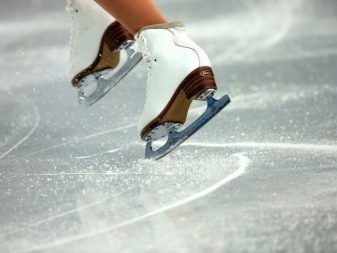
You can try sharpening skates yourself at home. To do this correctly, you must master at least one of the methods for such work.
- Sharpening with needle files (you will need a vise, a wooden structure made of bars folded with the letter "P", and a file with a round section).
- Sharpening using grinding wheels. Here you will need a grinder or an electric drill, a grinding wheel for the appropriate tool, a device for securely fixing the skates, for example, a steel corner with clamps.
As you can see, in the second case, you need equipment. Let's consider each method separately.
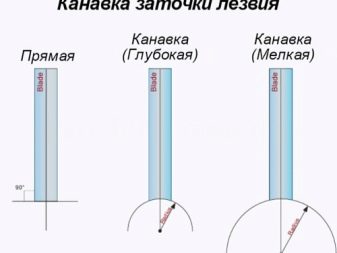
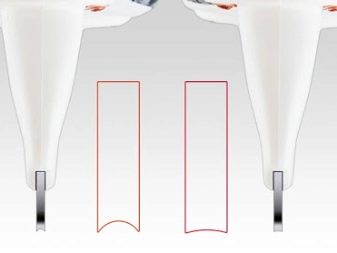
File sharpening
In this version, proceed as follows:
- they fix the products well in a vice with the blades up, placing both skates in parallel.
- The file is attached in a special groove on a wooden block.
- A bar with a file is installed near the nose of the ridge, the groove configuration is outlined with backward movements.
- Next, a block with a file is placed perpendicular to the sharp surfaces of the skates, after which the groove is progressively cut out to the desired depth.
- The pressing force is distributed equally over the entire length of the blades (usually up to 25 strokes are made on both sides of the groove).
- As soon as the sound of movement ceases to emit a grinding, the blade can be considered sharpened.
If a file with a bar is not available, a whetstone can be used. But then you need to pre-treat the blades with a special lubricant for sharpening or use oil and water. This lubrication will prevent dust particles from scattering when working with a sharpening stone.
In the absence of a vice, you can use special clamps that securely fix each skate in the toe and heel areas.
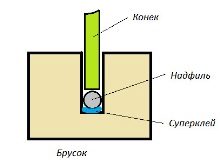
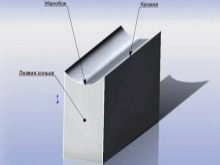

Sharpening with a grinding wheel
In this case, the skates are also fixed on the support, and then a series of actions are performed according to the algorithm below.
- It is necessary to organize a safe work area for using a grinder or drill, and also do not forget about fire safety (sparks fly when sharpening). Use of safety glasses and gloves is mandatory. A respirator with earplugs to protect breathing and hearing will not hurt - especially in a confined space.
- Mount the grinding wheel securely into the instrument.
- Switch on electrical equipment, balance the grinding wheel.
- Determine the required radius (for beginners of riding - from 9.5 to 12.5 mm). With a smaller radius, grip on the ice surface will be more reliable, but fast skiing will not work, and with a larger radius, the acceleration speed will increase, but the probability of falls will be significantly higher.
- Manually mark the groove configuration on untreated plates.
- Sharpening is done by moving the power tool from the front of the skate to the heel. On each side of the blades are passed several times.
When working with a grinder, you must follow all the necessary safety rules, including wearing overalls or a non-burnable apron, and putting your hair under a hat. Clothing should not be loose - you need to be careful about getting its hanging parts into the rotating disc.
The method of sharpening with a file is safer, and for the second, in addition to everything, certain skills in working with a grinder or an electric drill are required.
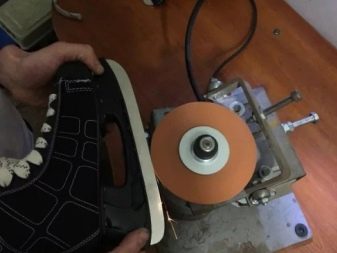
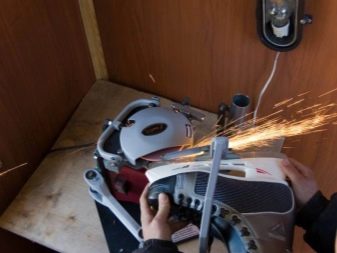
Common mistakes
The most common mistake newbies make when sharpening skates is to assume that they need to be sharpened in the same way as kitchen knives. If you do this, it will be difficult to balance on the ice: there will be difficulties with balance, it will become impossible to maintain stability. Skates will clearly have poor ice grip due to improper sharpening. There are a few more mistakes that can be distinguished.
- The difference in the height of the ribs. Unequal edge sharpening will result in the groove not being aligned with the axis of the boot, making it difficult to maintain balance on the ice.
- Excessive stitching. Grinding off the heel or toe of the skate more will upset the imbalance in the structure.
- Difference in grinding the sides of the blades... If the inner and outer sides are different, balance on the ice will be difficult.
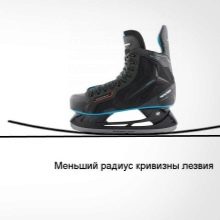
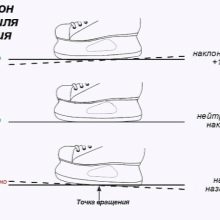
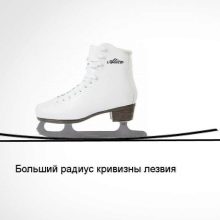
Nor can you sharpen your skates on the "sharper, the better" principle. Remember that this is not a kitchen knife. This is how skates can be sharpened only for professionals, but not for amateurs. For the first time, it is better to sharpen the skates with a specialist, and then maintain the desired configuration of the blades yourself, avoiding the errors listed above. One can only test one's work on ice, and visual assessment comes with experience.
The condition of the blades affects not only the comfort on the ice, but also the safety of both the lover of ice arenas and the rest of their visitors. And for professional athletes, it is also about the effectiveness of training.
